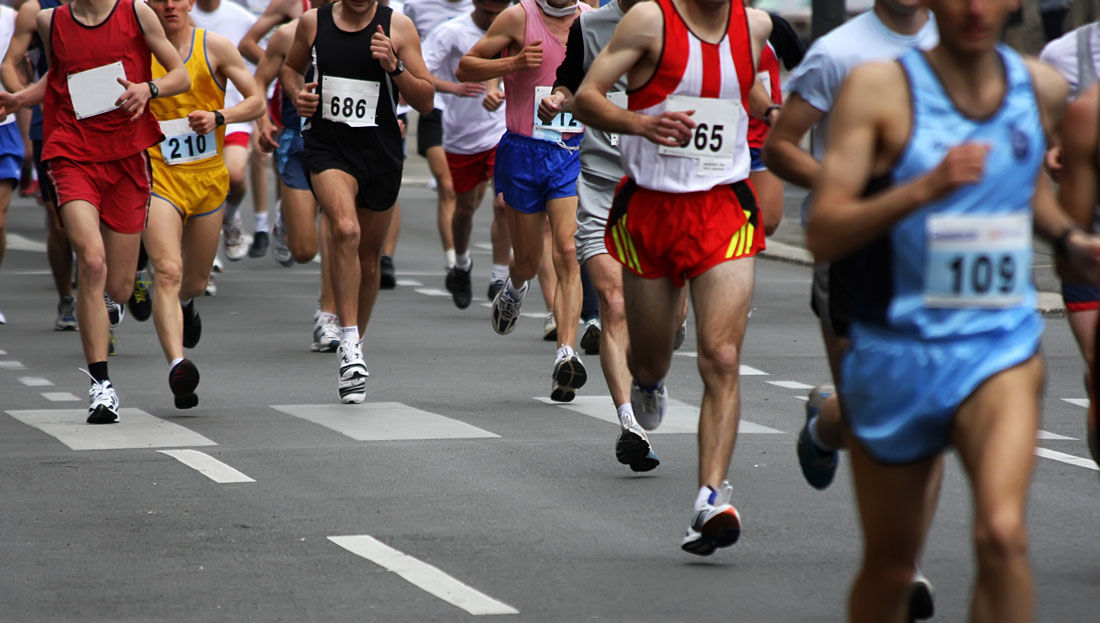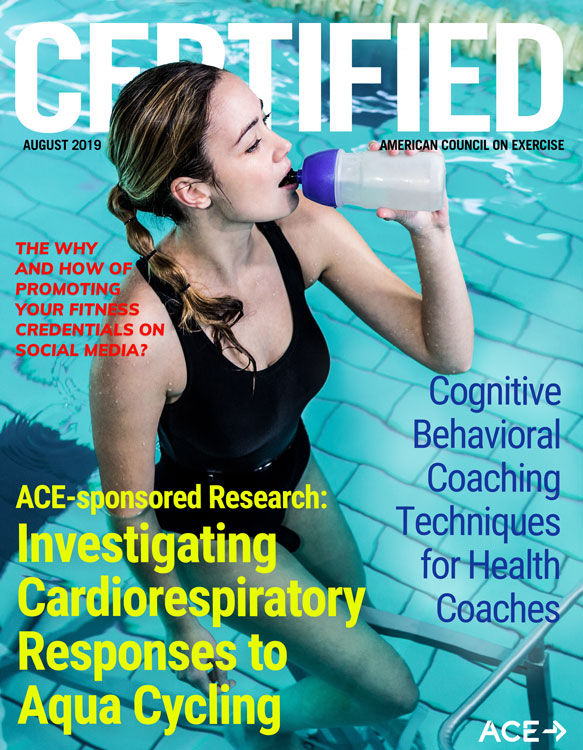
Study: Exercise Stimulates Production of Performance-enhancing Bacteria

New research has identified a type of bacteria found in the microbiomes of elite athletes that contributes to improved capacity for exercise. These bacteria, members of the genus Veillonella, are not found in the guts of physically inactive people.
By taking a closer look at the bacteria, the researchers from Joslin Diabetes Center determined that Veillonella metabolizes lactic acid produced by exercise and converts it into propionate, a short chain fatty acid. The human body then utilizes that propionate to improve exercise capacity. The results were reported in the journal Nature Medicine.
Having increased exercise capacity is a strong predictor of overall health and protection against cardiovascular disease, diabetes and overall longevity,” says Aleksandar D. Kostic, PhD, Assistant Investigator in the Section on Pathophysiology and Molecular Pharmacology and a co-author on the paper.
The work began in 2015 with fecal samples from Boston Marathon runners. Jonathan Scheiman, PhD, collected samples during a time span of one week before the Marathon to one week after the Marathon. He also collected samples from physically inactive individuals. Dr. Scheiman then brought the samples to Dr. Kostic, who analyzed them to determine the species of bacteria in both cohorts.
“One of the things that immediately caught our attention was this single organism, Veillonella, that was clearly enriched in abundance immediately after the marathon in the runners. Veillonella is also at higher abundance in the marathon runners [in general] than it is in sedentary individuals,” explains Dr. Kostic.
The researchers confirmed the link to improved exercise capacity in mouse models, where they saw a marked increase in running ability after supplementation with Veillonella. Next, they wanted to figure out how it worked.
“As we dug into the details of Veillonella, what we found was that it is relatively unique in the human microbiome in that it uses lactate or lactic acid as its sole carbon source,” he says. Lactic acid is produced by the muscles during strenuous exercise. The Veillonella bacteria are able to use this exercise byproduct as their main food source.
Dr. Kostic and his team returned to the lab to figure out what could be causing the increase in exercise capacity. They ran a metagenomic analysis, meaning they tracked the genetics of all the organisms in the microbiome community, to determine what events were triggered by Veillonella’s metabolism of lactic acid. They noted that the enzymes associated with conversion of lactic acid into the short chain fatty acid propionate were at much higher levels after exercise.
“Then the question was maybe it’s not removal of lactic acid, but the generation of propionate,” says Dr. Kostic. “We did some experiments to introduce propionate into mice [via enema] and test whether that was sufficient for this increased running ability phenotype. And it was.”
Dr. Kostic and his team plan to investigate the mechanisms of how propionate affects exercise capacity.
What Does the Research Mean for Health and Exercise Professionals?
Colonies of bacteria residing in the gut have a powerful impact on health. And, of course, exercise is an important component of a healthy lifestyle meant to ward off diseases such as type 2 diabetes. As described in this earlier article in CERTIFIED, cardiorespiratory exercise, in particular, appears to have a positive impact on altering the gut microbiota, which, in turn, positively affects overall health and well-being. This new research suggests that exercise not only has a positive impact on gut bacteria, but that the gut bacteria may, in turn, benefit exercise performance. For some clients, this may be a powerful motivator to continue with their exercise programs, and studies such as this one may offer more evidence in the shift from cardio’s long-standing focus on calorie burning to a focus on gut-health enhancement and disease prevention.
“The microbiome is such a powerful metabolic engine,” says Dr. Kostic. This is one of the first studies to directly show a strong example of symbiosis between microbes and their human host. “It’s very clear. It creates this positive feedback loop. The host is producing something that this particular microbe favors. Then in return, the microbe is creating something that benefits the host,” he says. “This is a really important example of how the microbiome has evolved ways to become this symbiotic presence in the human host.” Further research is needed to examine the relation of cardiorespiratory exercise and these gut bacteria in humans.

More Articles
- Certified™: August 2019
ACE-SPONSORED RESEARCH: Investigating Cardiorespiratory Responses to Aqua Cycling
Contributor
- Certified™: August 2019
Cognitive Behavioral Coaching Techniques for Health Coaches
Contributor
- Certified™: August 2019
The Why and How of Promoting Your Fitness Credentials on Social Media
Health and Fitness Expert
- Certified™: August 2019
High Altitude and Calorie Expenditure
Health and Fitness Expert
 by
by 

